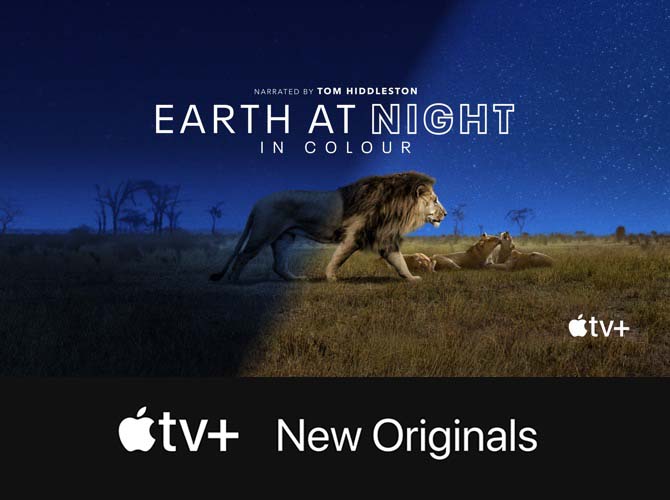By age 19, the singer Billie Eilish has reached heights of fame and success that feel both otherworldly and familiar, carried by the same tides of generational mega-popularity that have buoyed such teen music idols as Britney Spears and Miley Cyrus before her, but with a Gen Z twist. It’s Eilish publicity canon that the then-15-year-old rocketed to social media fame after her older brother and co-producer, Finneas, posted a song they recorded for her dance class, Ocean Eyes, to Soundcloud, that they recorded her smash debut album, When We All Fall Asleep, Where Do We Go? in his childhood bedroom, that the two MacGyver everyday sounds – a dentist’s drill, the slurp of Eilish’s Invisalign retainer – into songs that garner billions of streams.
Credit: Koury Angelo: Getty Images for Apple / Steve Granitz: WireImage
Lorem ipsum dolor sit amet, consectetur adipiscing elit, sed do eiusmod tempor incididunt ut labore et dolore magna aliqua. Ut enim ad minim veniam, quis nostrud exercitation ullamco laboris nisi ut aliquip ex ea commodo consequat. Duis aute irure dolor in reprehenderit in voluptate velit esse cillum dolore eu fugiat nulla pariatur. Excepteur sint occaecat cupidatat non proident, sunt in culpa qui officia deserunt mollit anim id est laborum.
Lorem ipsum dolor sit amet, consectetur adipiscing elit, sed do eiusmod tempor incididunt ut labore et dolore magna aliqua. Ut enim ad minim veniam, quis nostrud exercitation ullamco laboris nisi ut aliquip ex ea commodo consequat. Duis aute irure dolor in reprehenderit in voluptate velit esse cillum dolore eu fugiat nulla pariatur. Excepteur sint occaecat cupidatat non proident, sunt in culpa qui officia deserunt mollit anim id est laborum..
Lorem ipsum dolor sit amet, consectetur adipiscing elit, sed do eiusmod tempor incididunt ut labore et dolore magna aliqua.
Eilish’s debut album made her the first artist born in the 21st century to have a US No 1 record. There is no precedent for her as the first digital native pop superstar. Her struggles for control may not be rooted in fighting record industry bogeymen, but in the persistent anxiety and awareness of online abuse and the constant stress over being misconstrued. The World’s a Little Blurry is 150 minutes long: Eilish is caught between not being able to escape documentation and it being the only way she knows how to live and work. In that sense, little has changed. For all Eilish’s stability and self-direction, the unchanged scrutiny of young women means she faces the same broad predicament as Spears.
And control and radical transparency can only do so much. When someone from Eilish’s label queries whether it’s wise for the singer to take a vocal anti-drugs position – in case she experiments when she’s older and gets “dragged” (criticised by fans) – Eilish’s mum pushes back: staying true to who Billie is right now should be enough. Eilish replies: “Well, she’s right though. She has a point.” She knows it’s not enough for young superstars to appear to live authentically in the present. They also have to be working five years ahead, risk-assessing an unknown and potentially hostile future.
Apple TV new originals
OFFER 7 days free, then £4.99/month



CLICK HERE for more information















A really good documentary – definitely worth watching!